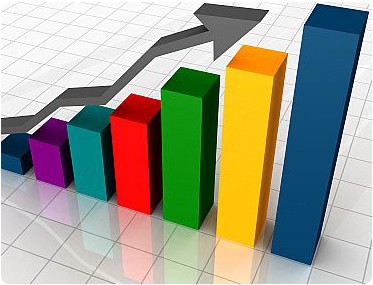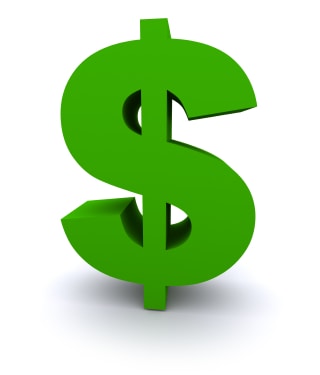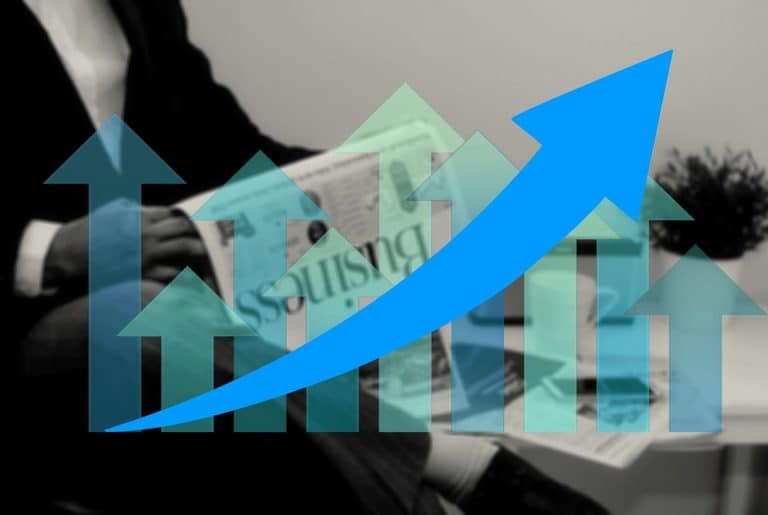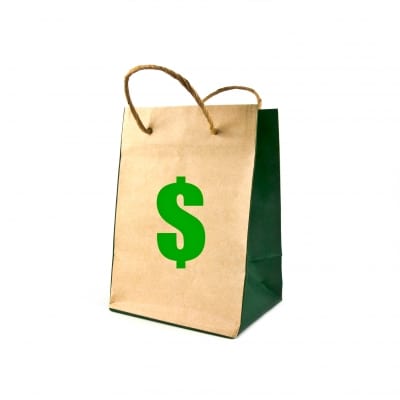Five Core Dividend Stocks
This article originally appeared on The Div-Net July 7, 2011
There are all kinds of investments available to the average investor. You have stocks, bonds, commodities, currency, real estate…and the list goes on. I think there can be a case made for many different types of investments, and one should always diversify properly. I’m still a young investor (29), and I’ve been very open in my investment thesis; where I want to go and how I plan to get there. My primary investment, which is where most of my net worth will lie, will be in dividend growth stocks.
As such, I believe that one should always have some margin of safety. Having a solid core in which you build your portfolio around will prevent the structure from coming down in a catastrophe (market collapse). I believe that there are many great dividend stocks in the market, but here is a list of five stocks that I believe are solid companies with wide economic moats, very low likelihood of failure, excellent dividend growth and wonderful products.
The Coca-Cola Company (KO)
Coca-Cola is the world’s largest manufacturer, distributor, and marketer of nonalcoholic beverage concentrates and syrups. The firm also sells a variety of noncarbonated drinks such as water, juices, and teas. With almost three fourths of the company’s revenue generated outside the United States, Coke’s footprint extends throughout the world. Coke’s core brands include Coca-Cola, Sprite, Dasani, Powerade, and Minute Maid.
Forward P/E Ratio: 15.7
Dividend Yield: 2.79
Years of Dividend Growth: 49
McDonald’s Corporation (MCD)
McDonald’s generates revenue through company-owned restaurants, franchise royalties, and licensing pacts. Restaurants offer a uniform value-priced menu, with some regional variations. As of March 2011, there were 32,800 locations in 117 countries, including 26,400 operated by franchisees/affiliates and 6,400 company units.
Forward P/E Ratio: 15
Dividend Yield: 2.89
Years of Dividend Growth: 34
Wal-Mart Stores, Inc. (WMT)
Wal-Mart is the largest retailer in the United States and is gaining ground internationally. The firm is divided into three segments: Wal-Mart U.S. (63% of revenue, 3,800 stores), international (24%, 4,200), and Sam’s Club (12%, 600). Wal-Mart U.S. revenue consists primarily of grocery (49% of revenue), entertainment goods (13%), and hardlines (12%).
Forward P/E Ratio: 10.8
Dividend Yield: 2.75
Years of Dividend Growth: 37
Johnson & Johnson (JNJ)
Johnson & Johnson ranks as the world’s largest and most diverse health-care company. The company comprises three divisions: pharmaceutical, medical devices and diagnostics, and consumer. While the pharmaceutical division currently represents 35% of total sales, we expect patent losses and the Synthes acquisition to reduce this proportion to 25% over the next 10 years, with the device segment picking up the majority of the share.
Forward P/E Ratio: 12.7
Dividend Yield: 3.43
Years of Dividend Growth: 49
The Procter & Gamble Company (PG)
Since its founding in 1837, Procter & Gamble has become the world’s largest consumer product manufacturer, with a lineup of famous brands. The brands are sold through three global business units and include Tide laundry detergent, Charmin toilet paper, Pantene shampoo, Cover Girl cosmetics, and Iams pet food. Since 2001, the company has doubled the sales it derives from developing markets, acquired and integrated Wella and Gillette, and sold its pharmaceutical and coffee businesses.
Forward P/E Ratio: 14.8
Dividend Yield: 3.30
Years of Dividend Growth: 55
There can be a case made to double or triple this list and, ultimately, I hope to have 30 or more dividend stocks in my portfolio from which I draw income. However, I think these five are extremely strong businesses that an investor could be safe to build a core around. I’m actively invested in all five companies and am adding to my positions as capital is available.
Full Disclosure: I’m long KO, MCD, WMT, JNJ, PG
Thanks for reading.






All are solid picks DM! If a new investor is wondering what stocks to start with, I’d suggest these!
Great picks DM! Just my opinion, but I’d change KO with PEP. PEP has both snacks and beverages. They also have great exposure to China. And KO has been flat for 10 years while PEP continue to appreciate in value. I’d own both, but if I had to choose, PEP it is!
these are good. look for stocks that held up good during the 2008-09 meltdown and MCD stands as one of the winners.
MoneyCone,
Actually, a guy at work recently asked me the same question, and I gave him these five.
Take care!
Henry,
Changing out Pepsi for Coke might not be a bad idea, but I’d do you one better and own both! In fact, I do own both. I think they are both excellent investments, but at today’s prices PEP might be the better way to go. I still think Coke is one of those “if I could only buy one stock” stocks.
Keep in touch.
Inq,
I only wish I had more MCD. I bought a very small portion earlier this year when it dipped in the mid-$70’s, and meant to buy more, but unfortunately it ran away from me and I can only purchase once a month generally. Oh well. Fantastic business.
Do you own MCD?
Good picks. They work for any investor, experienced or novice. This is the type of portfolio you could invest in and check once per year.
I’m long JNJ, PG, and KO, and would definitely be long MCD if not for my ethical disagreements. By the numbers, though, MCD is fantastic dividend investment. Wal-Mart in particular grows EPS like clockwok through a combination of company-wide growth and share repurchases at low valuations.
I’ve been concerned about a few investors who are co-workers of mine. They are not particularly knowledgeable about investments, but end up picking rather difficult investments. If they were to construct a portfolio like this one, they would likely do better for themselves.
Monk,
I agree these picks work well for any investor, and probably especially for a novice investor. Other than watching your valuations for entry points, the maintenance on this type of portfolio would be minimal, as you describe.
I understand you on MCD. The effects of the food it serves can be quite negative. I believe in moderation, as with anything. I’d love to make it a larger part of my portfolio, and will in time. It’s a little pricey right now, in my opinion. A premium for safety, no?
I hope your co-workers spend a little more time around you. They’ve got a fantastic resource at their fingertips!
Take care!
As for the MCD valuation, yes I think safety is factored in with a premium. I remember on Andrew Hallam’s website, he asked readers if they had to pick only one stock and invest in it, which they would pick. My selection was Coca Cola. Now, I’d be worried about putting my net worth in any single company, regardless of how secure, but if I had to pick one and only one, it would be something like Coke. This is not to say that the valuation isn’t a bit too high, or that it’ll have excellent returns- but that the risk/reward ratio for a single stock is about as good as it gets when it’s Coke. Anyway, the point is, I view MCD in basically the same way. It’s the type of company where one wouldn’t feel too risky putting a large chunk of a portfolio into if they had to, because something rather off the chart would have to happen to break that sort of business.
Monk,
I agree with you 100%. I’m not sure if I ever posted anywhere on the web with my feelings on it, but Coke would also be my pick if I were to go “all in” with just one company. It operates about as close to a bond as an equity gets. Very, very safe and you can count on the earnings/dividends rising like clockwork.
With that being said, it’s a rather small position for me..but not on purpose. I bought a small batch and it quickly ran away from me. Every time I look at it again I find better valuations, but I will increase this position again soon.
Thanks again for stopping by. I appreciate and value your opinion.
Hi DM,
Great article! I’ve owned JNJ and PG for over two years now and love the dividend reinvestment from these blue chips. Although I chose TGT over WMT two months ago, I believe they both have great potential to make a patient investor wealthy in the long run.
Any particular reason you believe using forward P/E ratios may be beneficial?
I’ve come to the conclusion analysts are, more often than not, incorrect about their projections and I have made it a personal choice to not use future projected earnings to predict and specific direction of a company.
Of course, maybe there is some benefit to viewing future P/E? I’m always looking for valuable metrics for evaluating financials so if you have an argument as to why they’re useful, it would be very helpful to me.
Keep up the good work!
Pey,
Thanks for the excellent comment and great question.
JNJ and PG are solid, solid picks. Great pickups. TGT over WMT might be a solid move. I love both retailers, and wouldn’t mind TGT in my portfolio.
Forward P/E ratios are, of course, just one metric among many to use when analyzing a company. As we know, past results are no guarantee of future performance. I use a combination of ttm P/E and forward P/E ratios to get an approximation of valuations. I simply use the forward P/E ratio as a measure of how much I’m paying for future (estimated) growth. Using only ttm P/E ratios are a little misleading, as the past earnings and revenues have already come to pass. My dividends and capital growth are going to come from future earnings and revenues.
I think the fairest thing to do is to use a combination of both. What are you paying for the last twelve months of earnings and what do you think you should pay for the next twelve? Nobody can tell the future, but you should have some type of value in mind and earnings are estimated off of company guidance and revenue in the pipeline.
Take care and keep in touch.